THE DREAMER PROJECT
Why The Dreamer Project
We rarely treat the stance of mind itself as the problem. L’Enclos asks whether awakening, tested as design research, could shift how we live.
Last updated: October 23, 2025The Vision
We choose a secular awakening.
We test the possibility of a consciousness-first reality.
We treat separation itself as the signal to examine.
And we ask: what if this shift proved useful?
Imagine ordinary people trying the living theory of We The Dreamer in daily life.
If its essence of togetherness held, could it become a foundation for how humanity relates, creates, and evolves?
THE PROBLEM
Our Default Settings Fail Us
We live in a society trained for stress, defensiveness, and judgment.
Generosity is often strategic. Compassion comes with conditions.
Most of us are untrained in how not to judge, how not to defend. Entire populations remain captive to fear and division.
Under pressure, we tend to swing between extremes: the promise of “strong leaders” to save us, or the lure of spiritual abandon in gurus cut off from the world. Meanwhile, addictive consumerism keeps many numbed in between.
We pour resources into treating symptoms — healthcare, policing, welfare, conflict mediation — but rarely address the defaults of mind that drive them.
Imagine the next human foundation.
Suppose it’s a frontier not out there but within.
In a stance we train together.
We share one mind.
We The Dreamer.
THE HYPOTHESIS
What If Awakening Were Design Research?
The Dreamer Project begins with a design hypothesis:
If ordinary people experiment with qualities like presence, clarity, generosity, and oneness, then the defaults of fear, stress, and division may shift — with ripple effects across relationships, institutions, and culture.
Suppose ordinary people — parents, colleagues, friends — dedicated chosen hours of their lives to running an experiment. For those hours, they try on qualities we attribute to what we call the Dreamer.
These qualities are not invented out of nowhere. They were distilled by reverse-engineering the essence of consciousness-first experience — the kind glimpsed when separation loosens and awareness feels whole. From that process, provisional shifts were articulated as testable stances of mind.
Presence appears not as a slogan, but as the felt reality of being alive in the only now there is.
Peace arrives not from winning, but from the quiet discovery that nothing in you needs to fight.
Clarity is not certainty, but the light that makes even confusion visible.
Generosity is not a loss, but an overflow, because nothing is lacking.
Oneness is not reunion with an “other,” but recognition of the undivided essence from which all things arise.
Each of these is less an ideal than a variable — conditions to be tested, explored, and observed in the ordinary hours of life.
The hypothesis is simple: if even a fraction of humanity practiced such qualities, the defaults of fear, stress, and division might shift, rippling outward into relationships, institutions, and culture.
For the full origin of these qualities, see We The Dreamer — The Projection →MARTIN LENCLOS
—This is not a creed, but a useful premise: if we treat awakening as design research, can we measure its effects on fear, stress, despair, division, hate, and cruelty?”
Why It Matters.
The Dreamer Project matters because it asks us to shift the axis of change.
Not from politics to politics, or from one technology to the next, but from the stance of mind itself.
We The Dreamer frames awakening as more than private relief: it is the reorientation of identity from separation to shared mind. To choose Dreamer is to remember we are not merely effects of a broken world, but participants in its cause.
That shift matters because it reframes responsibility. If reality is dreamlike, then nothing is fixed — not even the defaults of fear, stress, and division. To live as Dreamer is to test whether presence can interrupt panic, whether generosity can undercut scarcity, whether clarity can dissolve confusion, whether oneness can loosen conflict.
This is not doctrine, but a working hypothesis: that consciousness-first qualities, tested in ordinary life, could ripple outward into our schools, our workplaces, our governance, and our culture.
“We The Dreamer suggests unity: one awareness looking through many forms.
It suggests innocence: when you wake from a dream, no matter how chaotic, you are untouched.
It suggests possibility: the world is not fixed, but imagined, moment by moment.”
(from Enter Dreamer →)The Dreamer Project matters because it offers not only practices, but a counterintuitive stance for our time: wonder as method, awakening as applied research, and identity as a collective experiment.
INTEGRATION
Up-Layering
Ordinary Life ↔ Dreamer Mode
Unlike spiritual orders that demand renunciation, the Dreamer Project assumes you remain a regular person — a parent, partner, colleague, neighbor. Ordinary life continues most of the time. But in chosen hours, you up-layer ∞ into Dreamer mode, running the experiment with presence, clarity, generosity, and oneness as your variables.
The toggling is the point: you don’t abandon the world. You test a different stance inside it.
The Experiment Statement (Prototype)
This is what a participation statement could look like:
For the hours I choose, I will treat my life as a test ground for awakening.
I will experiment with qualities like presence, clarity, generosity, and oneness — not as beliefs, but as conditions to explore.
Outside those hours, I remain myself: a parent, partner, colleague, friend.
The point is not to leave ordinary life, but to see what shifts when consciousness-first qualities are applied within it.
This is not an oath. It is a sketch — a design prototype for how the hypothesis could one day be tested at scale.
PARTICIPATION
Four Pathways of Involvement
The Dreamer Project imagines four roles through which the experiment could unfold.
-

The Testers
Ordinary people who dedicate chosen hours to practicing the Dreamer qualities. They test presence, clarity, generosity, and oneness in daily life, then share what shifts.
-

The Designers
Those drawn to shaping what could be done with such a population. They imagine applications in culture, education, and organizations, building new prototypes.
-

The Beneficiaries
Those most impacted by stress and division. They stand to benefit most from encountering undefended presence and generosity in action.
-

The Supporters
Institutions and donors who make the inquiry possible. They host pilots, fund experiments, and test the value of consciousness-first qualities at scale.
Useful by Design
Useful for individuals.
Living with less stress and more generosity.
Useful for organizations.
Opening pathways for creativity and cooperation.
Useful for societies.
Tested models of trust and compassion that scale.
Not as belief, not as doctrine —
but as a living hypothesis,
tested in the ordinary hours of life.
ABOUT THE EXPERIMENT
The Dreamer Project operates as a design-based inquiry into the nature of perception.
It borrows language from philosophy, psychology, and the arts, but it is not affiliated with any therapeutic, academic, or religious institution.
Its statements about a “consciousness-first” world represent hypotheses to be tested through direct experience, not assertions of fact.
META NOTES
This page is a living document. Last updated: October 23, 2025
Latest revision: added transparent and ethically rigorous disclaimer.
Oct 1, 2025 revision clarified toggling between ordinary life and Dreamer mode, reframed usefulness with open-ended questions, and shifted from bullet points to narrative flow (keeping the Dreamer qualities highlighted).
This is just one doorway. Step back to Every Practice & Tool and choose your next field test.
BLOG / ESSAYS
Journal Annotations.
Where side notes become shared reflections.
Each annotation expands on themes touched here — from consciousness-first principles to the Dreamer’s Compass. They’re marginalia in the experiment’s notebook: occasional, interpretive, and meant to spark further thought rather than offer conclusions.
Browse Journal Annotations →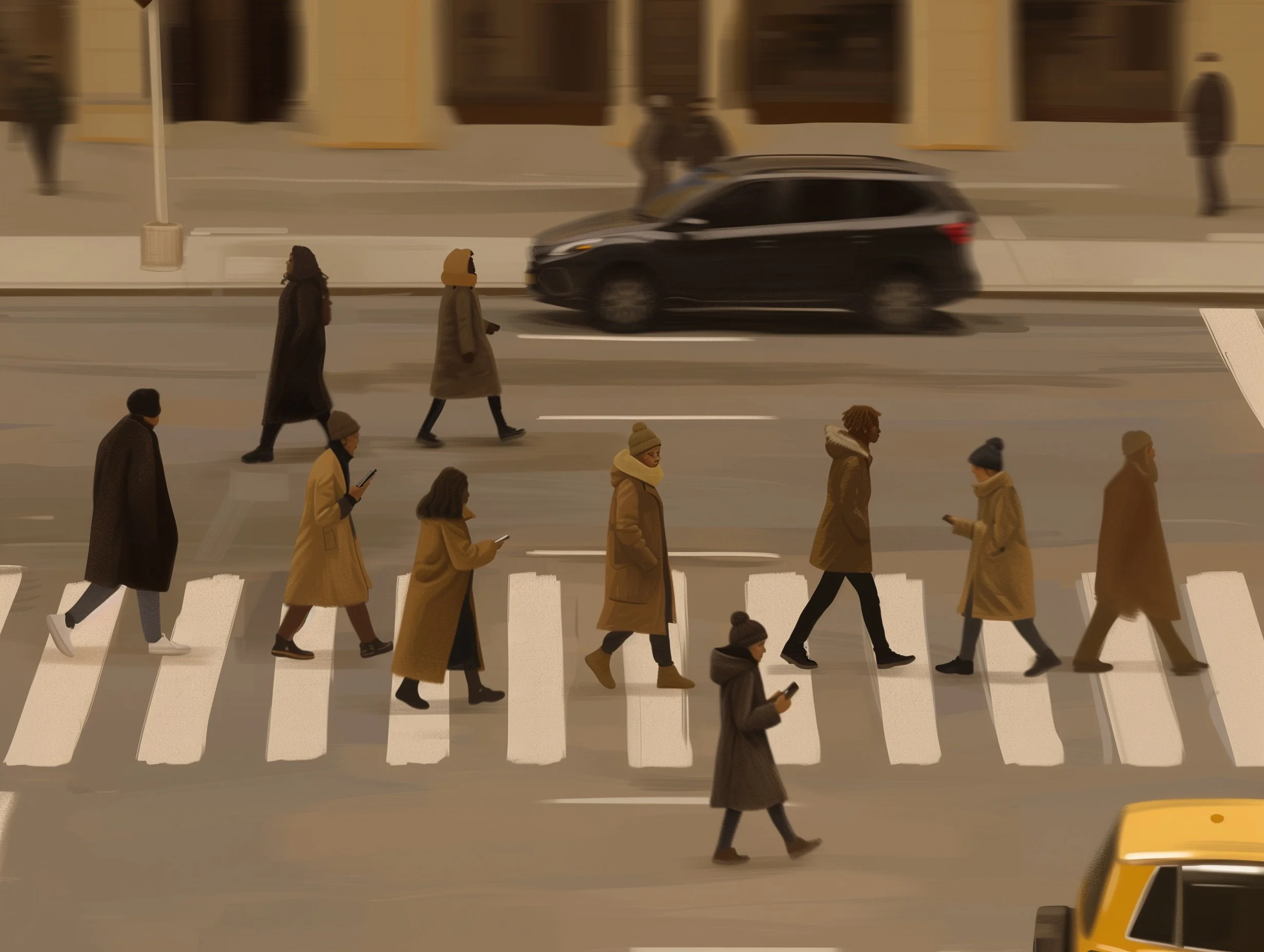

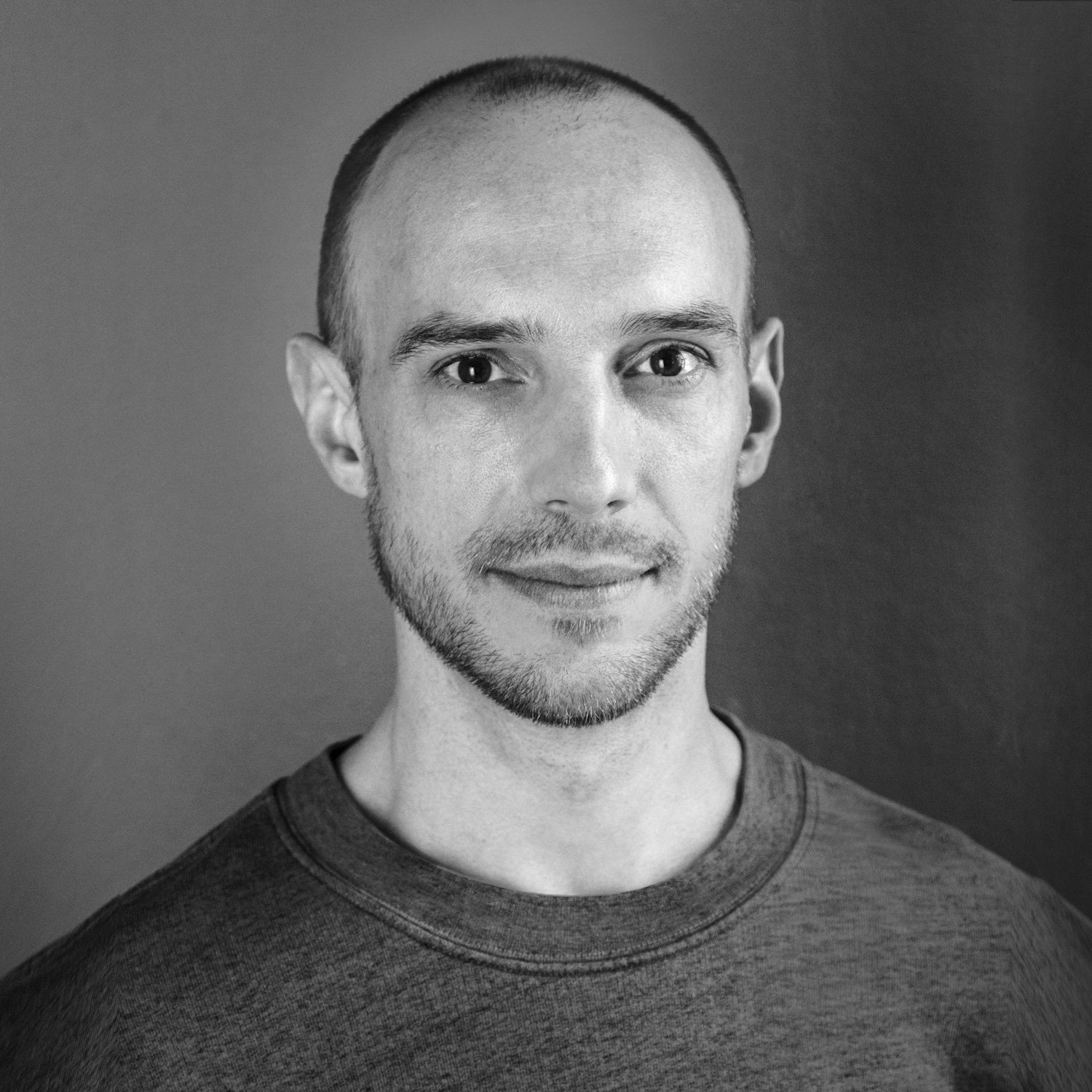
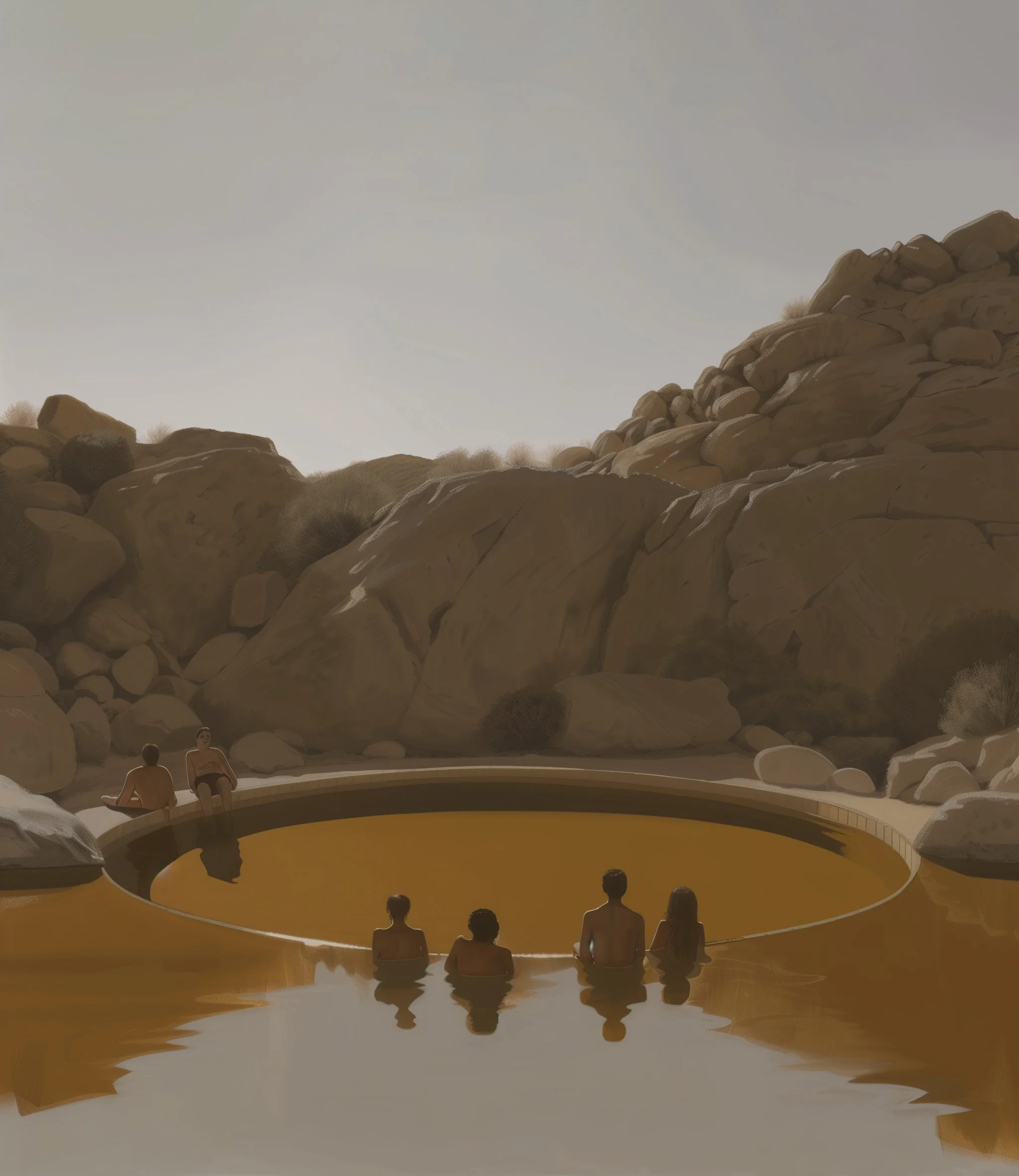

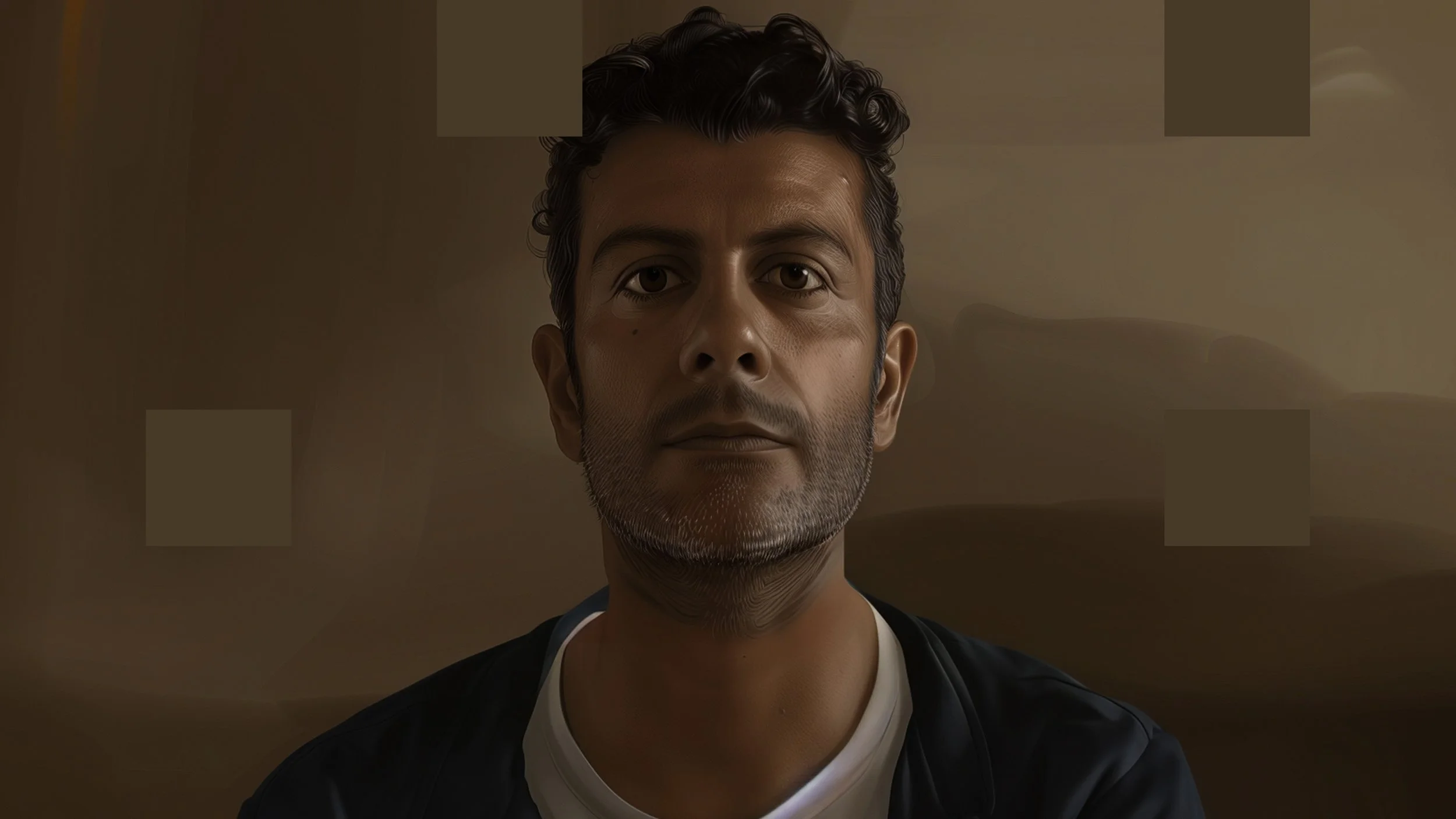
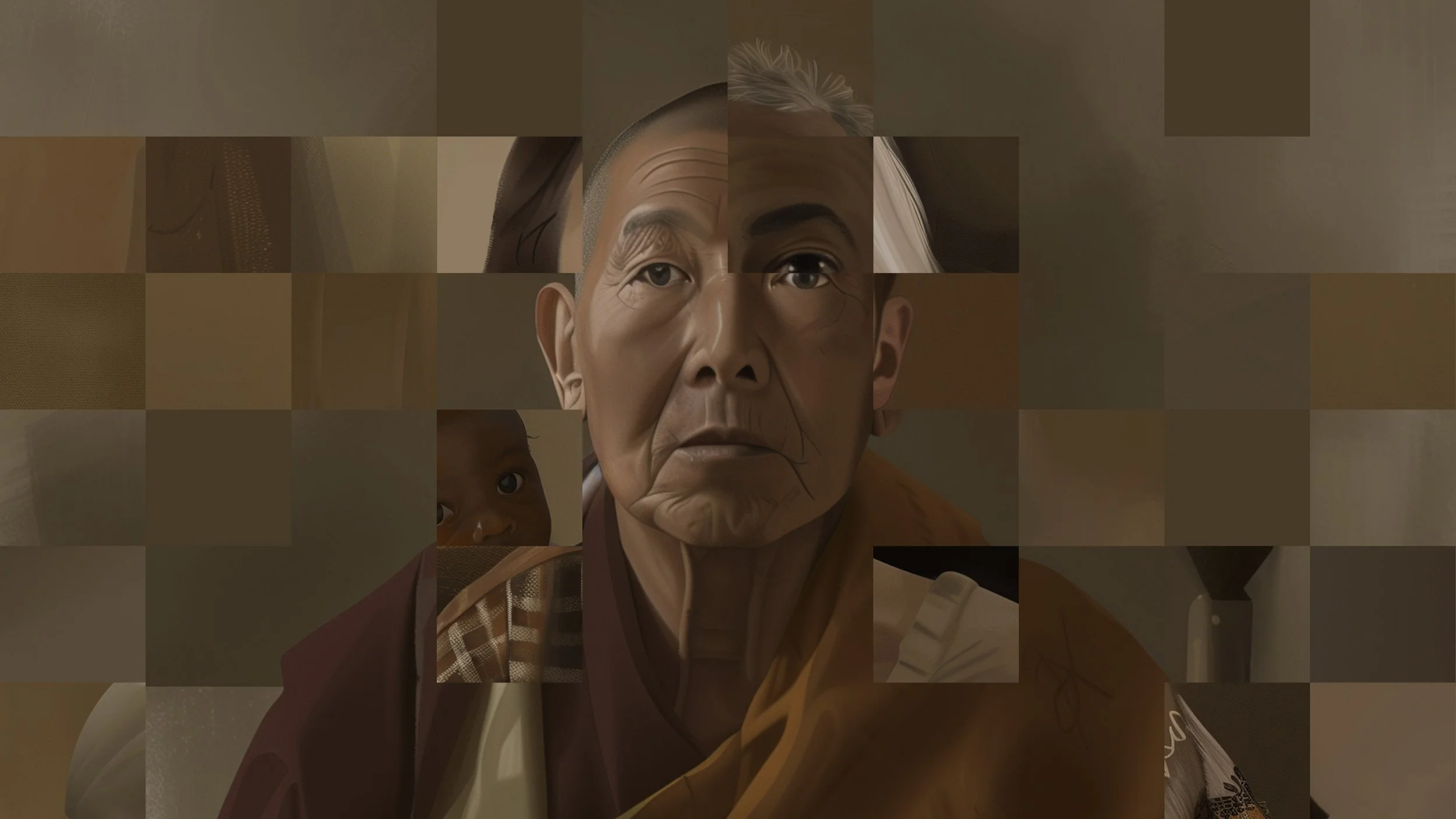

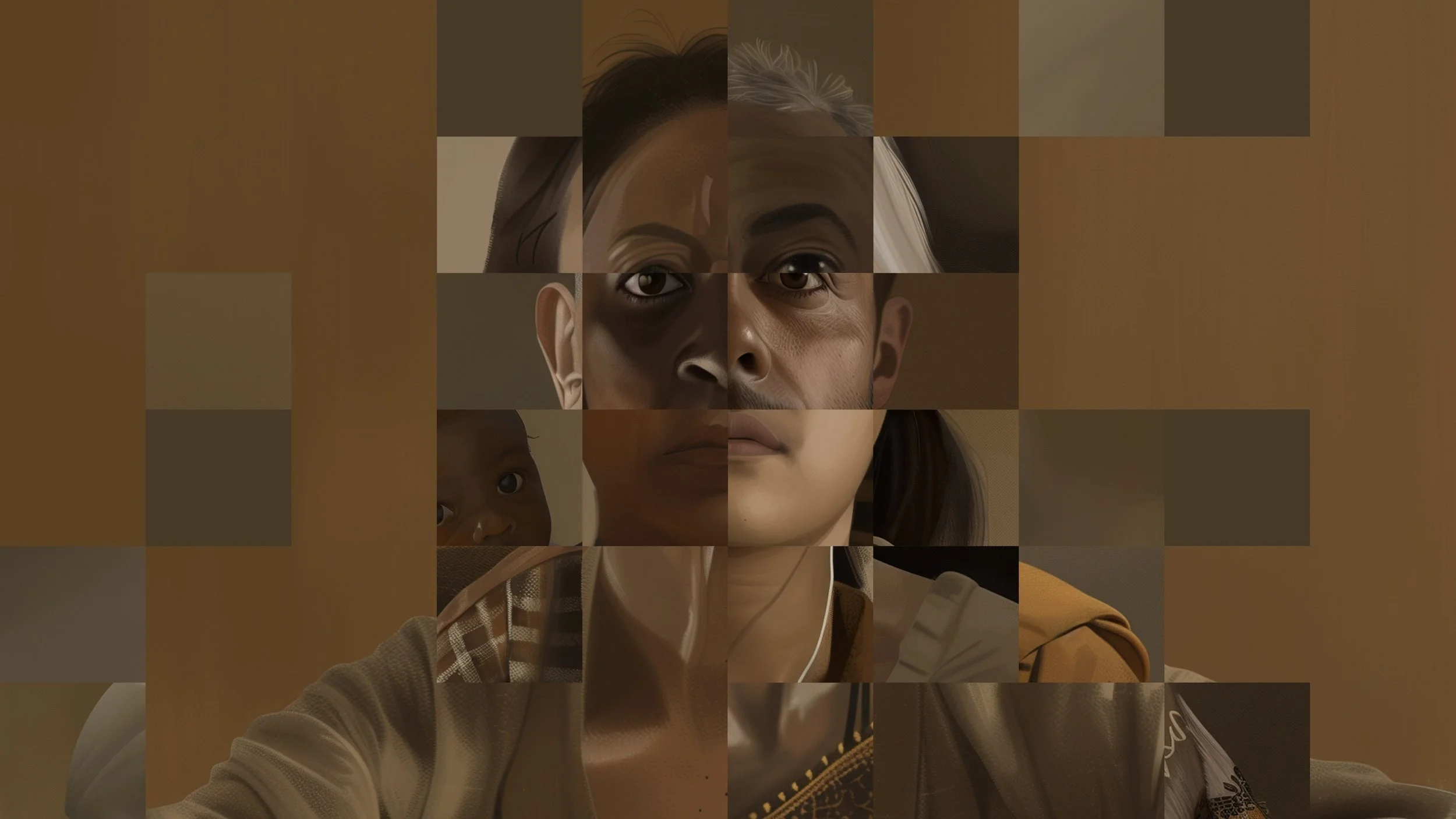
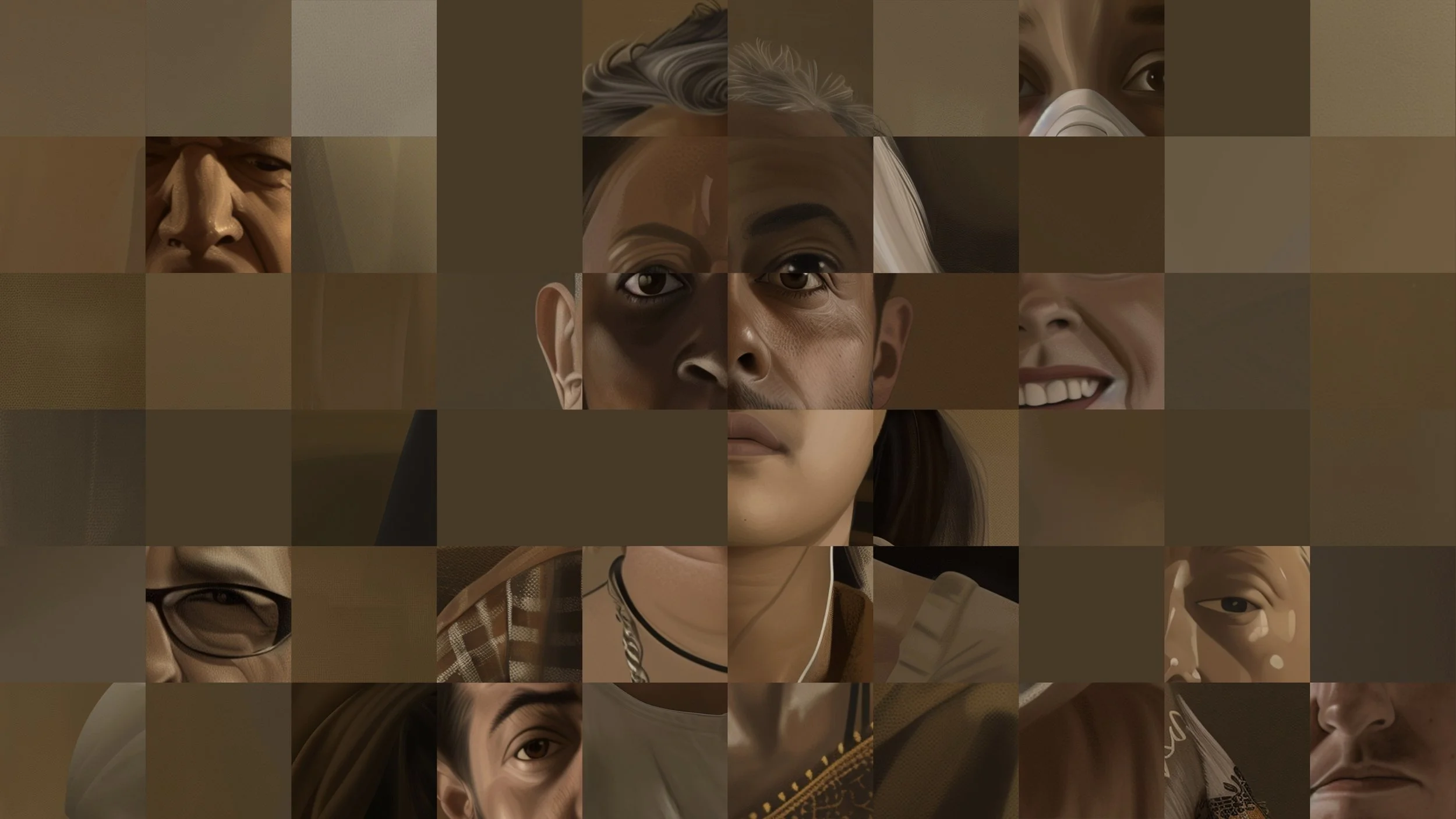
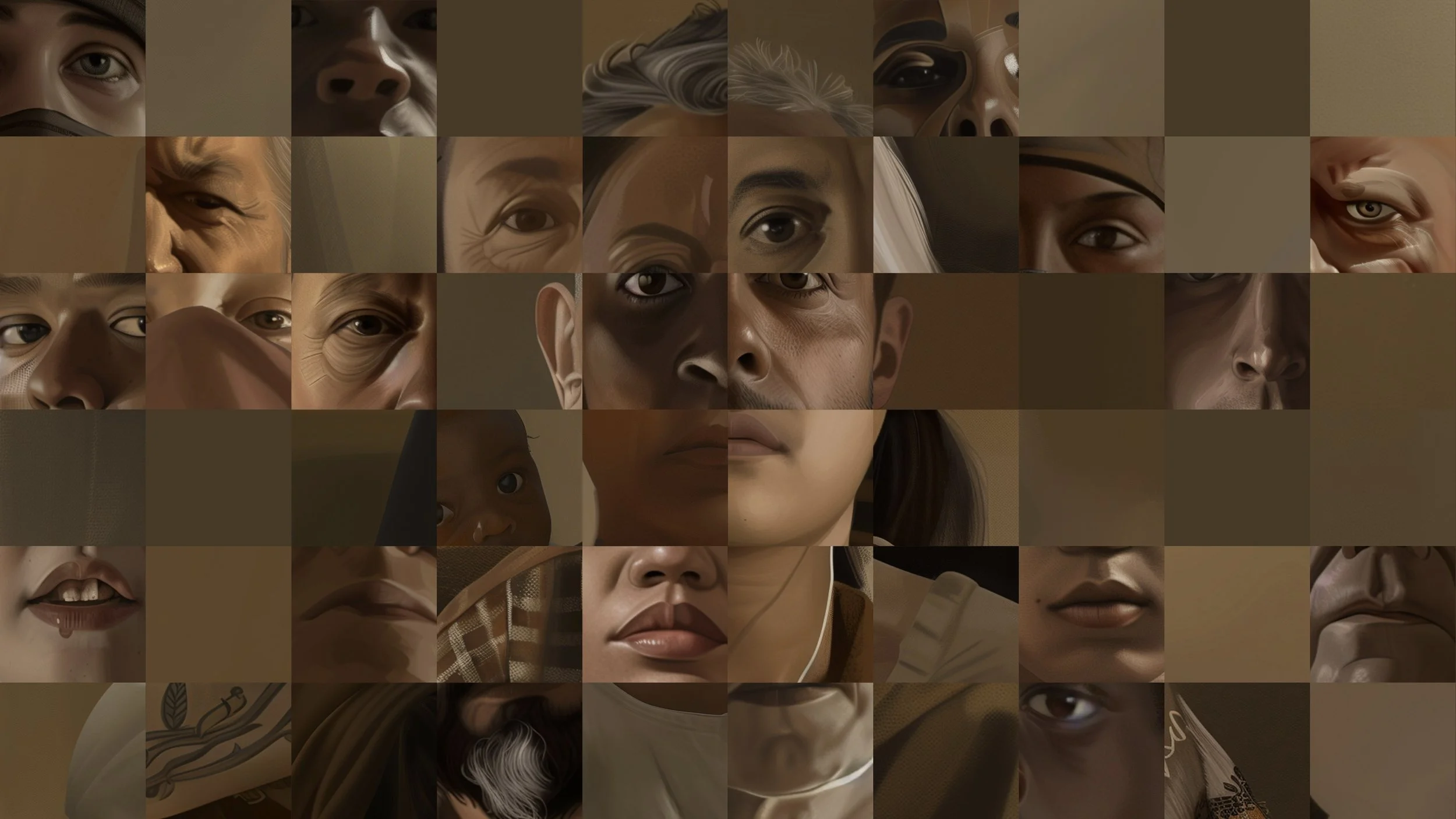
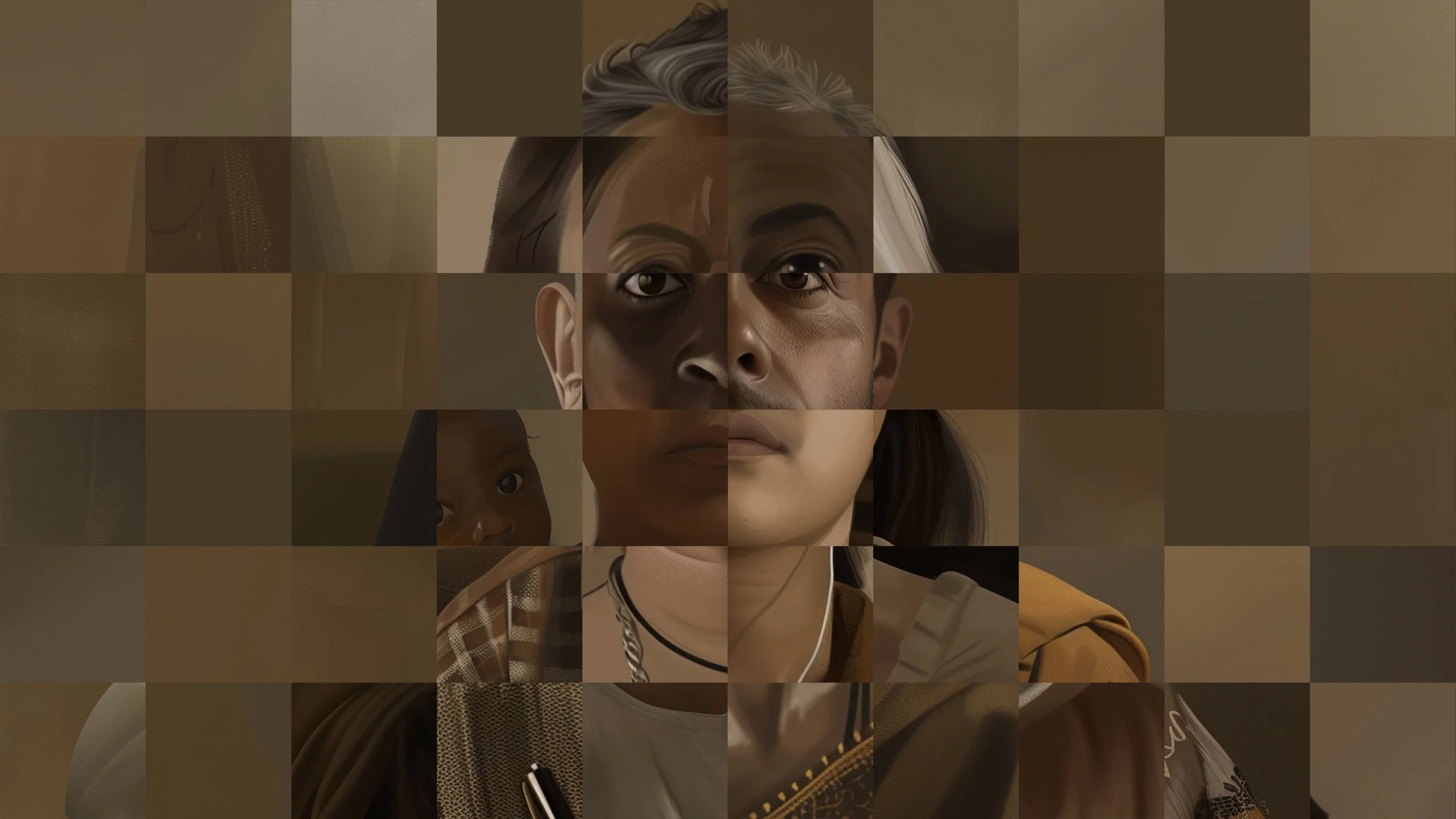






Movements begin with a commitment. The Dreamer’s Pledge is not a doctrine but a prototype — a sketch of how secular awakening could be tested in daily life. Instead of dogma, it offers variables like presence and generosity as living experiments, inviting collective participation rather than private pursuit.